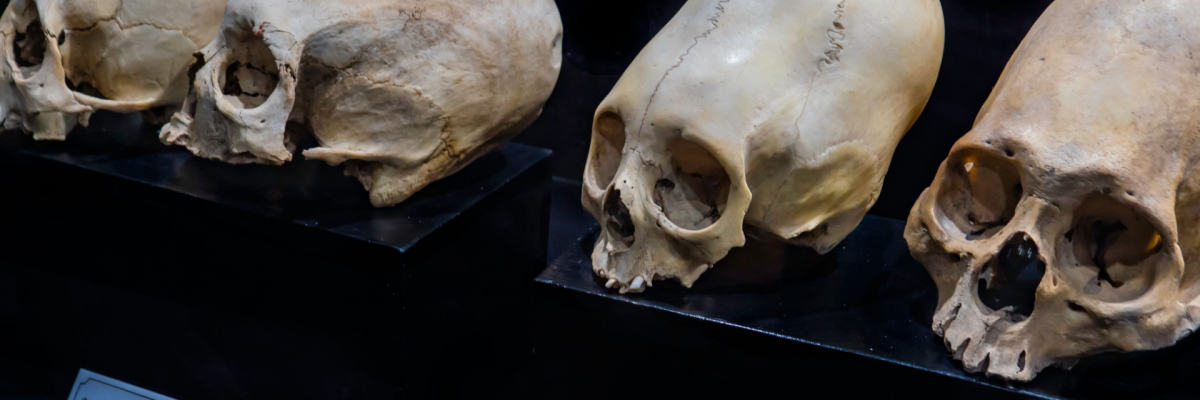An archaeological sensation in Peru: a human skull of elongated, conical shape has been discovered in an ancient burial, raising many questions and sparking debate in the scientific community.
The find, discovered on the site of an ancient cemetery in the Cusco region, is striking in its unusual shape, sharply different from the usual anatomical characteristics of Homo sapiens.
According to scientists, the skull belonged to an adult who lived presumably between the 1st and 5th centuries AD. However, its elongated shape challenges conventional ideas about human physiology. Scientists have not yet come to a consensus on the causes of this deformation, but there are several hypotheses:
-
Artificial deformation. The most common theory suggests that the shape of the skull was artificially altered as a result of deliberate exposure in childhood. This practice, known as “artificial cranial deformation,” was common in various ancient cultures around the world, including South America, Africa, and Asia. The essence of the method was to tightly bandage the child’s head at an early age, which led to a gradual change in the shape of the skull. The purpose of such deformation could be social, ritual, or aesthetic motives. The elongated shape of the skull could symbolize high status, belonging to a certain tribe or religious group, or was simply considered a sign of beauty. But the question of why such deformation is observed in only one skull from the burial remains open.
-
Genetic predisposition. Another hypothesis suggests that the shape of the skull may have been the result of a genetic mutation or hereditary predisposition. In rare cases, genetic factors can lead to abnormal development of the skull bones, although a conical shape is extremely rare. To confirm this theory, it is necessary to conduct a genetic analysis of the remains and compare them with the DNA of modern populations.
-
Fusion of cranial sutures. The third theory connects the unusual shape of the skull with premature fusion of the cranial sutures (craniosynostosis). Normally, the bones of the skull in infants are connected by flexible sutures, allowing the brain to grow and develop. If one or more sutures fuse too early, this can lead to limited growth of the skull in certain directions and, as a result, to an abnormal shape. However, craniosynostosis usually manifests itself at an earlier age and is accompanied by other symptoms, such as increased intracranial pressure.
Currently, scientists are conducting a comprehensive study of the found skull, including radiography, computed tomography, anthropological analysis, and genetic testing. The data obtained will more accurately determine the cause of the deformation and shed light on the cultural customs and genetic diversity of the ancient inhabitants of Peru. But who knows, maybe this mysterious find will radically expand our knowledge of the history of mankind? Or at least remind us of how much mysterious and wonderful things are hidden in the world!
Share this with your friends!





Be the first to comment
Please log in to comment